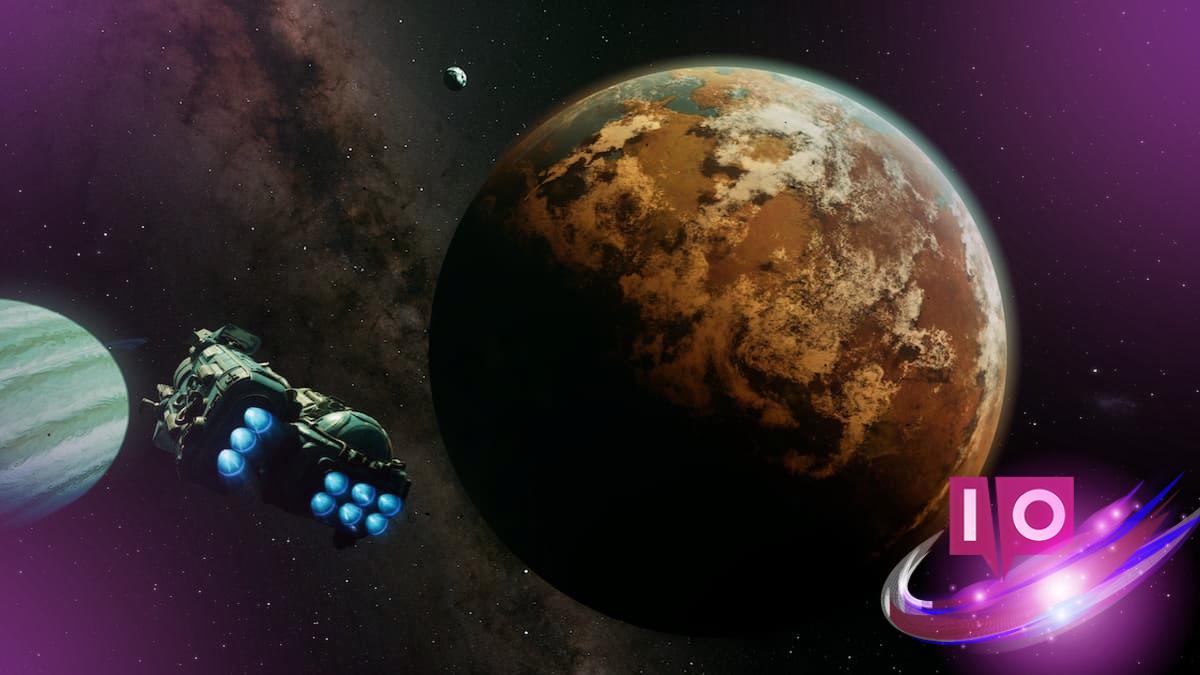The release of The Outer Worlds 2 has gamers buzzing, showcasing the impressive storytelling that Obsidian is known for. However, with its stunning graphics powered by Unreal Engine 5, optimizing performance is essential for an enjoyable experience. If you’re looking to boost your frames per second (fps) and maintain visual fidelity, you’re in the right place.
As a seasoned gamer who has navigated the complexities of PC performance settings, I understand the struggle of balancing graphics and performance. Below, you’ll find a complete guide to optimizing The Outer Worlds 2 for your setup.
1. The Outer Worlds 2 Optimization Guide

Running on Unreal Engine 5, The Outer Worlds 2 offers a breathtaking experience, but that comes with some demands. During my tests with a 4060 Laptop GPU, I noticed inconsistent frame rates ranging from 30 to 45 fps depending on the area. Fortunately, with a few tweaks, you can enhance performance without sacrificing too much in terms of visuals. Here’s what you need to know:
- Screen Effects: High
- View Distance: High
- Shadows: Medium
- Anti-Aliasing: Any
- Foliage: Medium
- Global Illumination: Low
- Reflections: Low
- Crowd Density: Medium
By adjusting these settings and setting the Temporal Super Resolution (TSR) to Native or around 75 percent, you’ll see a significant boost in fps with minimal loss in visual quality. Notably, High textures won’t overly tax your video memory, so keep that setting. Screen Effects and View Distance are also manageable, although you might want to drop View Distance to Medium if you’re using a mid-range 30-series GPU.
You might wonder how Anti-Aliasing impacts performance. Generally, it doesn’t have much effect, as TSR is largely responsible for handling that aspect. However, keep Global Illumination and Reflections on Low, as they can sap your fps regardless of your setup. Players often report noticeable performance improvements with these settings lowered.
Since The Outer Worlds 2 employs ray-tracing via Lumen, don’t worry about losing visual quality when adjusting these settings—the game still delivers a visually stunning experience.
Crowd Density plays a crucial role as well, especially if you’re facing CPU bottlenecks. Reducing the density can help improve performance, particularly in bustling environments like towns and hubs.
2. The Outer Worlds 2 System Requirements
The system requirements for The Outer Worlds 2 cater to a broad range of hardware, from older models to modern powerhouses. However, I wouldn’t recommend attempting to play on lower-end systems, as they’ll likely struggle to maintain 30 fps even at the lowest settings.
Here are the minimum and recommended system specifications:
| Minimum | Recommended |
|---|---|
| GPU: Nvidia GTX 1070 – Radeon RX 5700 – Intel Arc A580 | GPU: Nvidia RTX 3080 – Radeon RX 6800XT |
| CPU: Intel i5 8400 – Ryzen 5 2600 | CPU: Intel i7 10700K – Ryzen 5 5600X |
| RAM: 16GB | RAM: 16GB (32GB recommended) |
| Storage: 110GB free space, SSD mandatory | Storage: 110GB free space, SSD mandatory |
As you can see, Obsidian aims for accessibility across a range of gaming setups. In my experience, however, a smooth gaming experience will likely only be possible on systems that meet or exceed the recommended specs, often requiring some adjustments even there for a solid frame rate.
Now that you’re equipped with the knowledge to optimize The Outer Worlds 2, you can enjoy its beauty and gameplay to the fullest. If you’re seeking more gaming tips and insights, be sure to check out Moyens I/O for enriching content!
